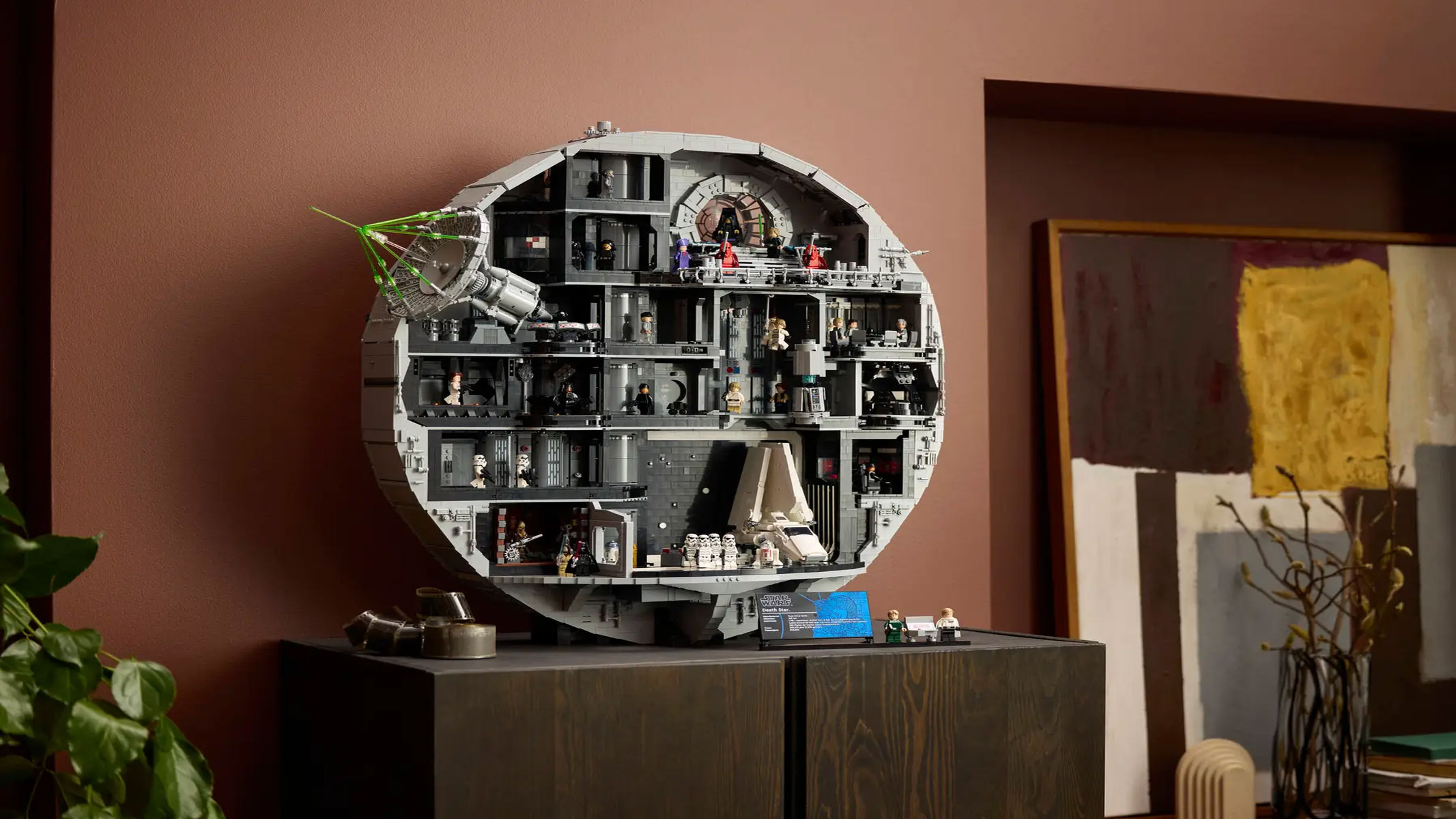Mars Astronauts Could Tote Inflatable Heat Shield to Ease Landings
Landing humans on Mars will require the heaviest payload ever sent to the Red Planet — and even the infamous "7 minutes of terror" system that the Curiosity rover used in 2012 won't be enough to get the mission down safely.
That's why NASA wants to test an inflatable decelerator in space. The decelerator is supposed to hitch a ride to orbit in 2022 with the National Oceanic and Atmospheric Administration's Joint Polar Satellite System-2 satellite.
The decelerator is a big departure from heat shields, the technology traditionally used to bring spacecraft through the thin atmosphere of the Red Planet. Because it's such a change, the decelerator, known as the Low-Earth-Orbit Flight Test of an Inflatable Decelerator (LOFTID), will take a test ride without a payload to make sure the technology can make it through Earth's atmosphere safely.
Related: Will NASA's Rush to Land Astronauts on the Moon Get Us to Mars Any Faster?
The Curiosity rover mission used a clever combination of parachutes, retrorockets and a "sky crane" to land on the Martian surface, the same system that the Mars 2020 rover will use in February 2021. But that spacecraft weighed about 2,000 lbs. (900 kilograms); a spacecraft carrying humans will be much heavier. A heat shield hefty enough to manage that kind of spacecraft would be too big to fit inside of even the biggest available rockets.
"To take humans to Mars, we have to deliver a small house," Neil Cheatwood, senior engineer for planetary entry, descent and landing at NASA's Langley Research Center, said in a statement. "You need an aeroshell much larger than you can fit inside a rocket."
Hence the interest in an inflatable alternative. A thermal-protection system will cover LOFTID's entire 20-foot (6 meters) diameter, so the decelerator can survive the intense temperatures that spacecraft experience during entry. The inflatable is also very strong; it is made up of synthetic fibers, braided into tubes that are 15 times stronger than steel, NASA said. With enough practice, the agency believes it's possible to make even bigger inflatables for human missions.
Breaking space news, the latest updates on rocket launches, skywatching events and more!
"If you look at fuel-efficient cars, they're streamlined to minimize drag," said Cheatwood, who is also the principal investigator of LOFTID. "Part of their efficiency is coming from low mass, and part is the aerodynamic shape. We're looking for the opposite. We want to maximize the drag."
Here's how the mission will work: LOFTID will be folded inside the Atlas V for launch with JPSS-2, which the rocket will deliver first. Then, the second stage of the Atlas V rocket, called Centaur, will kick in. Centaur will move LOFTID to a lower orbit and point the decelerator toward the atmosphere. While still attached to Centaur, LOFTID will inflate. Centaur will then spin LOFTID, a maneuver to keep it rotating stably, like a child's top. Finally, Centaur will eject LOFTID and move safely away.
Next comes LOFTID's journey through the atmosphere, where it will experience temperatures as high as 2,900 degrees Fahrenheit (1,600 degrees Celsius). After reentry, the spacecraft will drop below the speed of sound and then pop out a parachute. Next, it will make an ocean landing, likely in the Pacific, near Hawaii.
If all goes well, the inflatable could start a new trend, NASA said. In addition to landing humans on Mars, the technology could help rocket companies recover booster engines or could return equipment and manufactured goods from the International Space Station.
- How Space Station and Moon Missions Will Prep Astronauts for Mars
- 'Mars Is Hard': Tension Rises for NASA's InSight Landing on Red Planet
- Making Stuff in Space: Off-Earth Manufacturing Is Just Getting Started
Follow Elizabeth Howell on Twitter @howellspace. Follow us on Twitter @Spacedotcom and on Facebook.

Elizabeth Howell (she/her), Ph.D., was a staff writer in the spaceflight channel between 2022 and 2024 specializing in Canadian space news. She was contributing writer for Space.com for 10 years from 2012 to 2024. Elizabeth's reporting includes multiple exclusives with the White House, leading world coverage about a lost-and-found space tomato on the International Space Station, witnessing five human spaceflight launches on two continents, flying parabolic, working inside a spacesuit, and participating in a simulated Mars mission. Her latest book, "Why Am I Taller?" (ECW Press, 2022) is co-written with astronaut Dave Williams.

